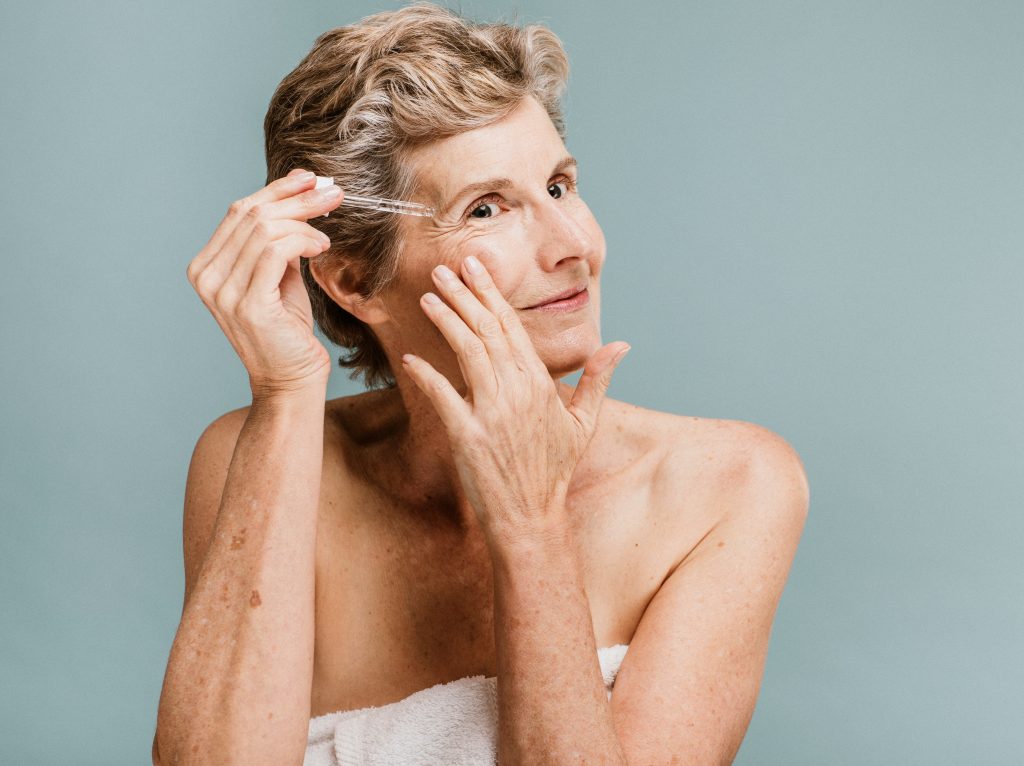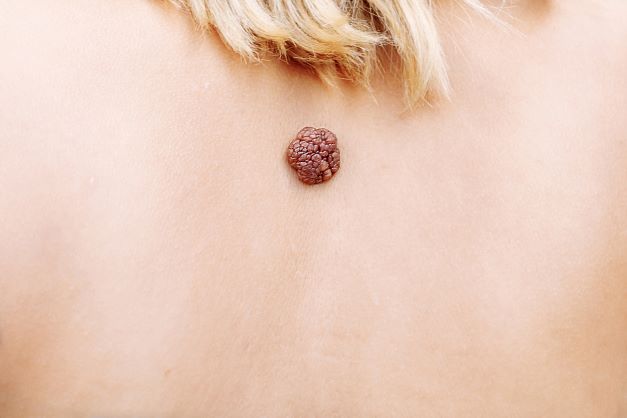Vitiligo
Vitiligo is a rare disease that causes the loss of skin color in blotches. Vitiligo occurs when pigment- producing cells die or stop functioning. The loss of skin color can affect any part of the body, including the mouth, hair, and eyes. It may be more noticeable in people with darker skin. Treatment may improve the appearance of the skin but doesn’t cure the disease. Vitiligo is caused by lack of pigment called melanin in the skin. Melanin is produced by skin cells called melanocytes, and it gives your skin it’s color. With vitiligo there is not enough melanin in your skin, this then causes white patches to develop on your skin or hair. Vitiligo may also be influenced by family history of the skin disease, can also be associated with systemic autoimmune disorders, such as Addison’s disease, hyperthyroidism and pernicious anemia. Emotional distress or trauma like a minor injury or sunburn can also trigger vitiligo.
Treatment
There is no cure for vitiligo but there are some treatments out there that can help. Treatments may improve the appearance of the skin, like using camouflage therapy, repigmentation therapy, light therapy or surgery. Discussing a treatment plan with your dermatologist can help your vitiligo and the type of treatment that is best for you will depend on your preference. Unfortunately, just like other treatments for underlying conditions it is not possible to predict how a patient will respond to treatment. Some treatments you can discuss with your dermatologist are:
- No medical treatment- the use of cosmetics to cover up the vitiligo
- Light treatment- helps restore lost color to the skin
- PUVA light therapy- time consuming and requires treatment at a hospital twice a week for one full year. This treatment can also affect the eyes to this does require an eye exam before and after treatment
- Surgery- removing skin with your natural color or skin cells and placing where you need color
- Unconventional treatments- using vitamins, minerals and amino acids
- Depigmentation- removing the remaining pigment from the skin, applying a cream once or twice a day. Can take up to 4 years to finish treatment





